CVMP opinions on veterinary medicinal products
The Committee adopted by consensus a positive opinion for a marketing authorisation from Zoetis Belgium for Lenivia (izenivetmab), for the reduction of pain associated with osteoarthritis in…
The Committee adopted by consensus a positive opinion for a marketing authorisation from Zoetis Belgium for Lenivia (izenivetmab), for the reduction of pain associated with osteoarthritis in…
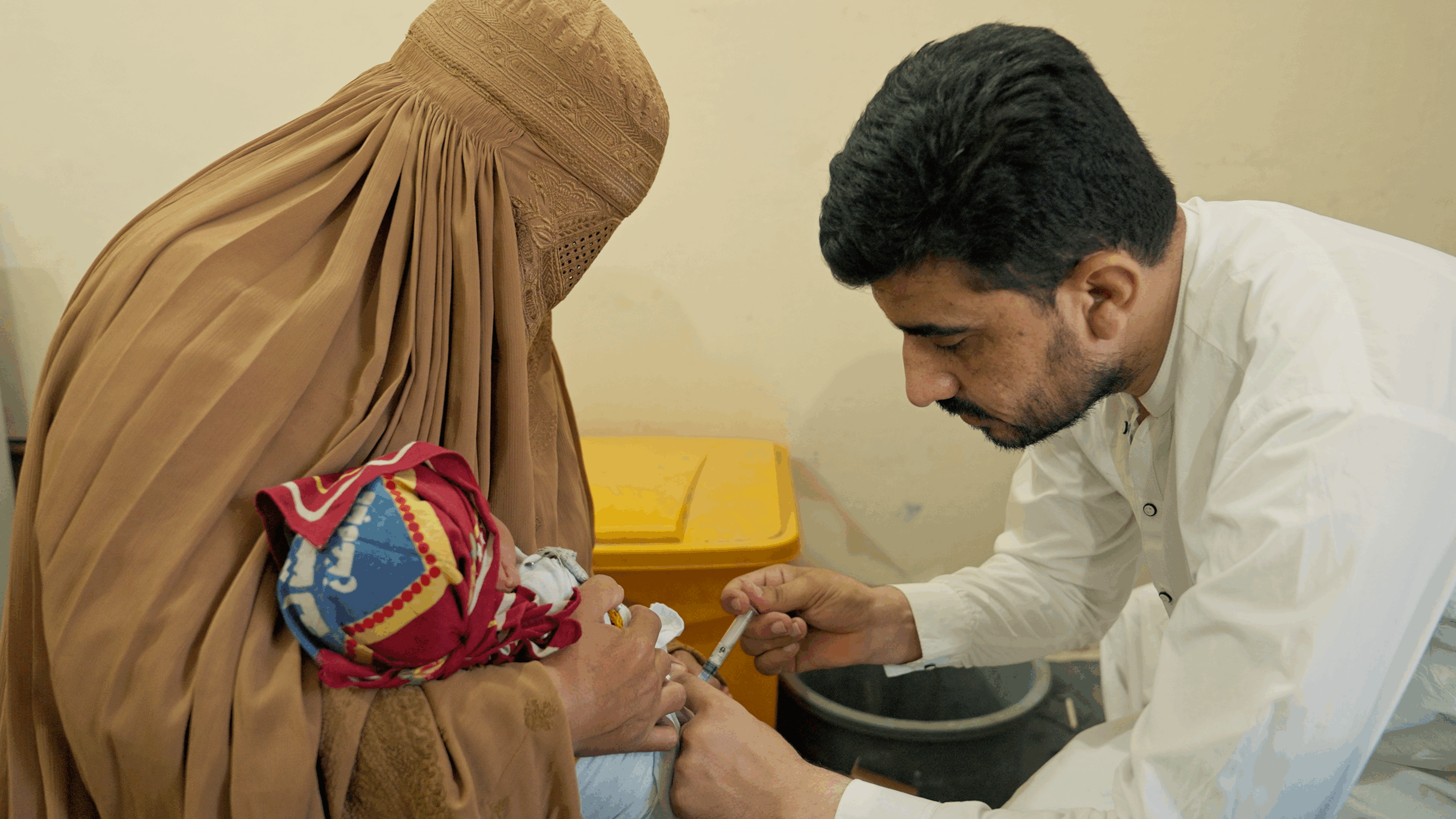
“I couldn’t walk because of polio, so my brother used to carry my bag to school every day. When other…
This request seems a bit unusual, so we need to confirm that you’re human. Please press and hold the button until it turns completely green. Thank you for your cooperation!
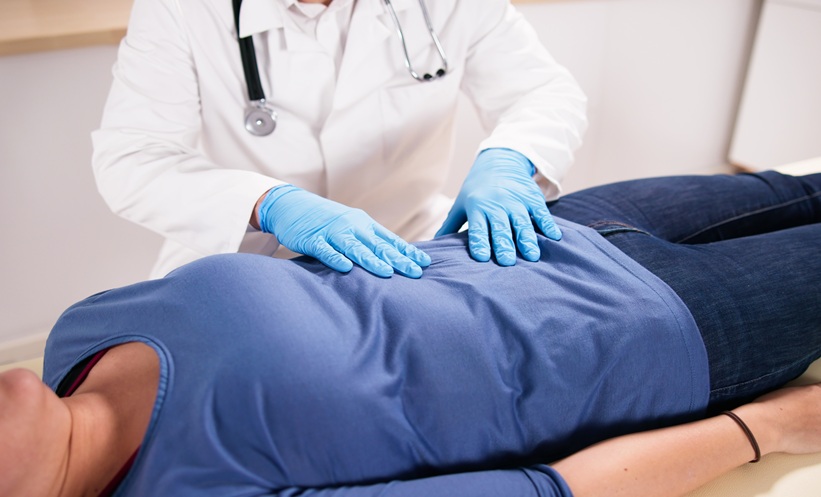
A NATIONWIDE cohort study from Iceland has validated an ICD-10 coding algorithm for identifying gastrointestinal (GI) bleeding in patients receiving oral anticoagulation. The findings demonstrate high accuracy for detecting clinically…
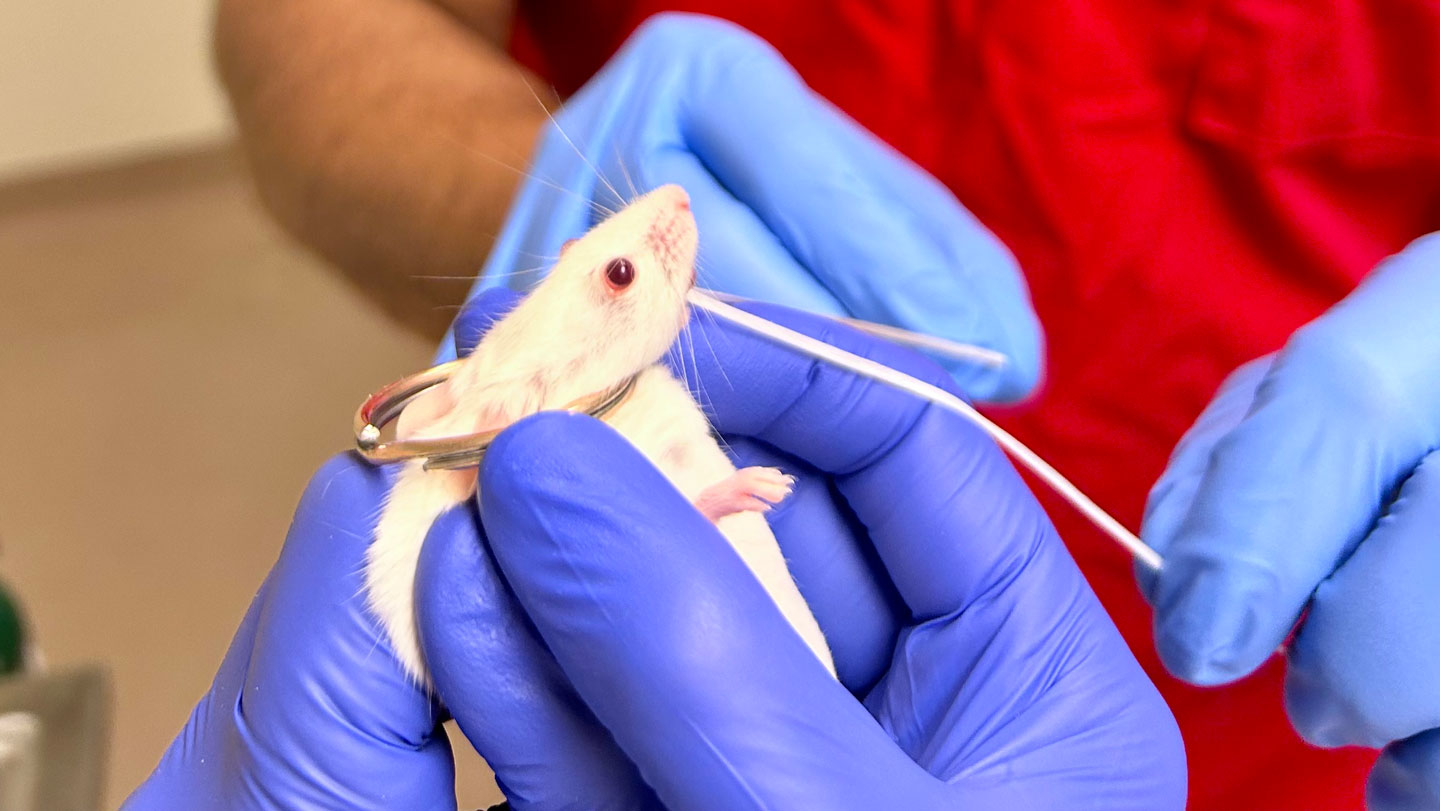
adjuvant: Something that adds to or contributes to a particular goal or achievement. (in medicine) Some chemical or other thing that boosts the effectiveness of a medical treatment. (in immunity) Something that boosts the response of the…
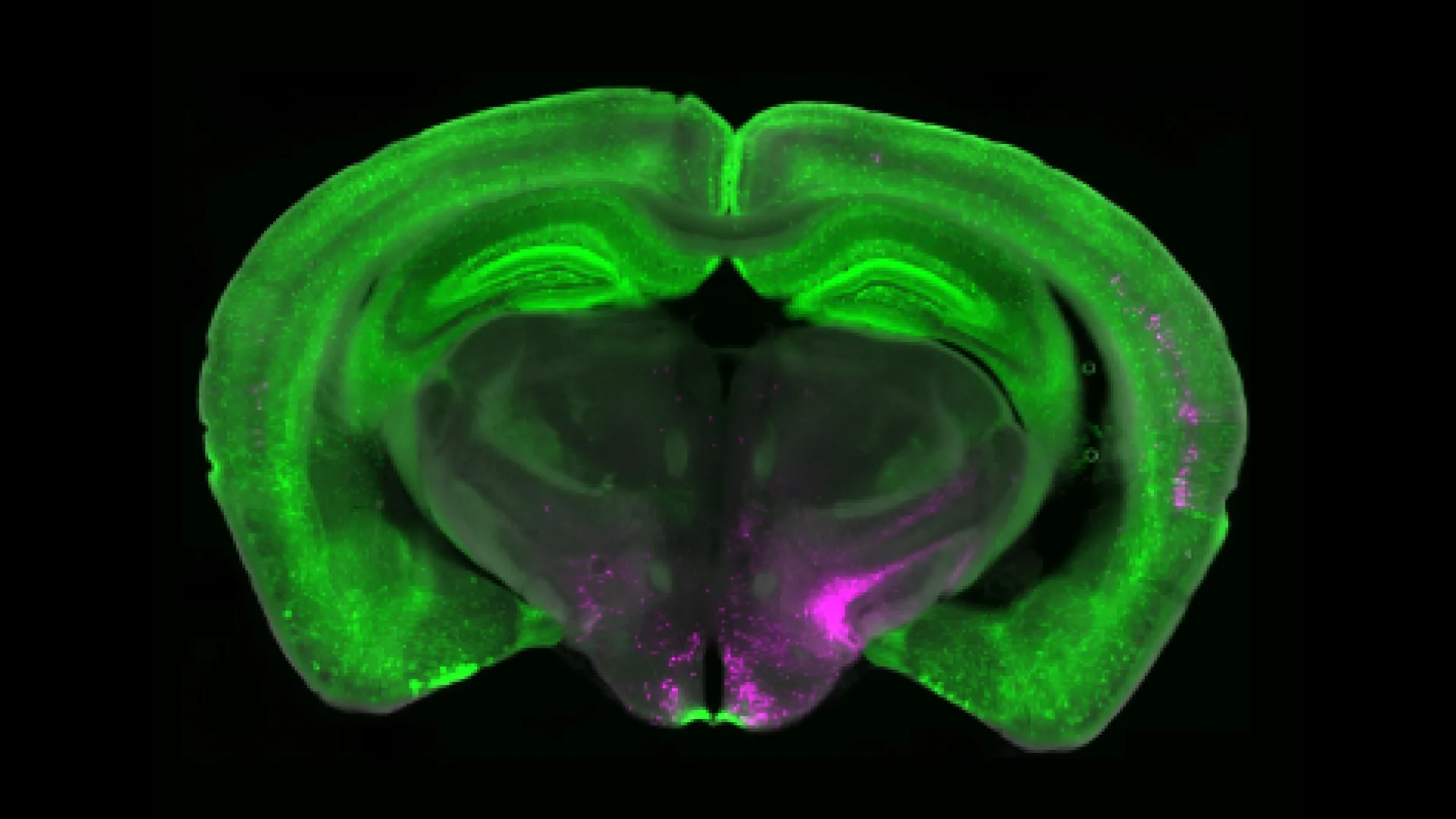
Pain may be unpleasant, but in most cases it plays a vital, even lifesaving, role. Short bursts of pain act as warning signals that protect us from harm. When you touch a hot pan, stub your toe, or bump your head, your nervous system instantly…
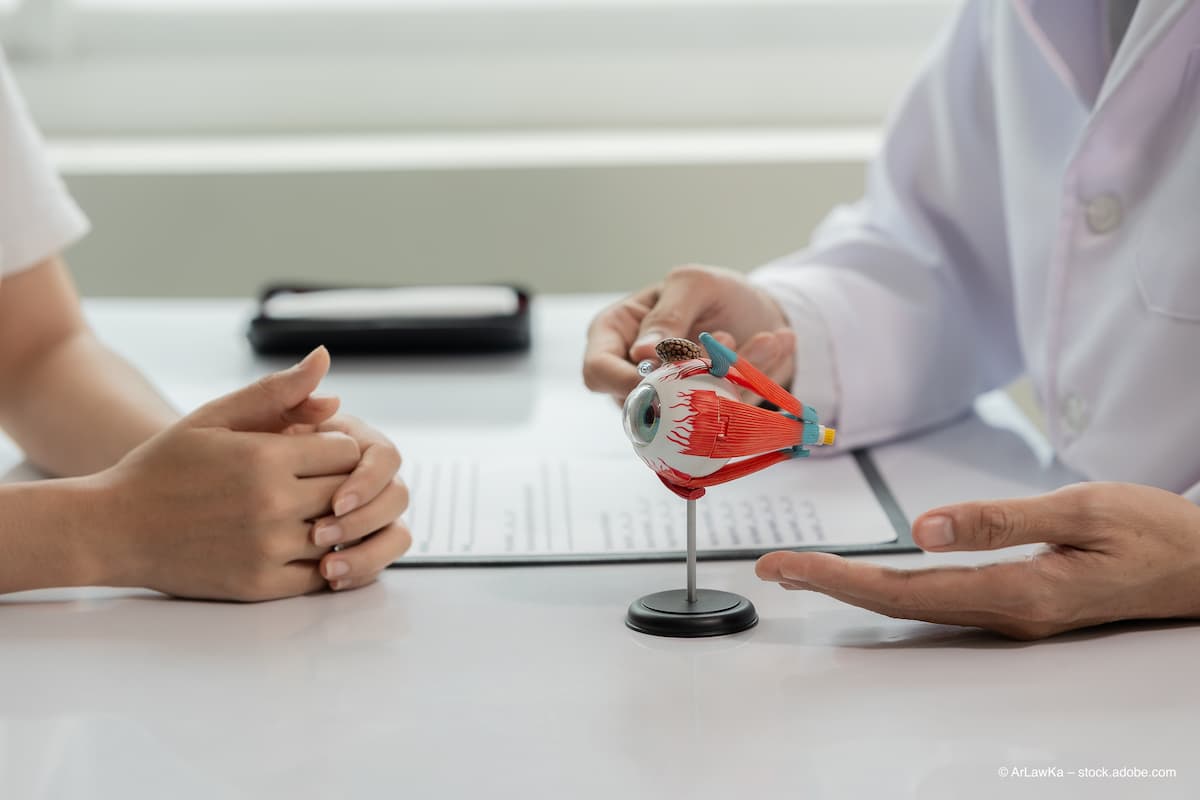
A new study published in the International Journal of Retina and Vitreous identified what the authors described as a novel biomarker of tissue hypoxia in patients with branch retinal vein occlusion (BRVO), central retinal vein occlusion (CRVO),…

 Miriam Jenner
Miriam JennerA cancer patient has told BBC Scotland News she has been “left in limbo” after operations were cancelled due to faulty sterilising equipment.
Miriam Jenner, 37,…